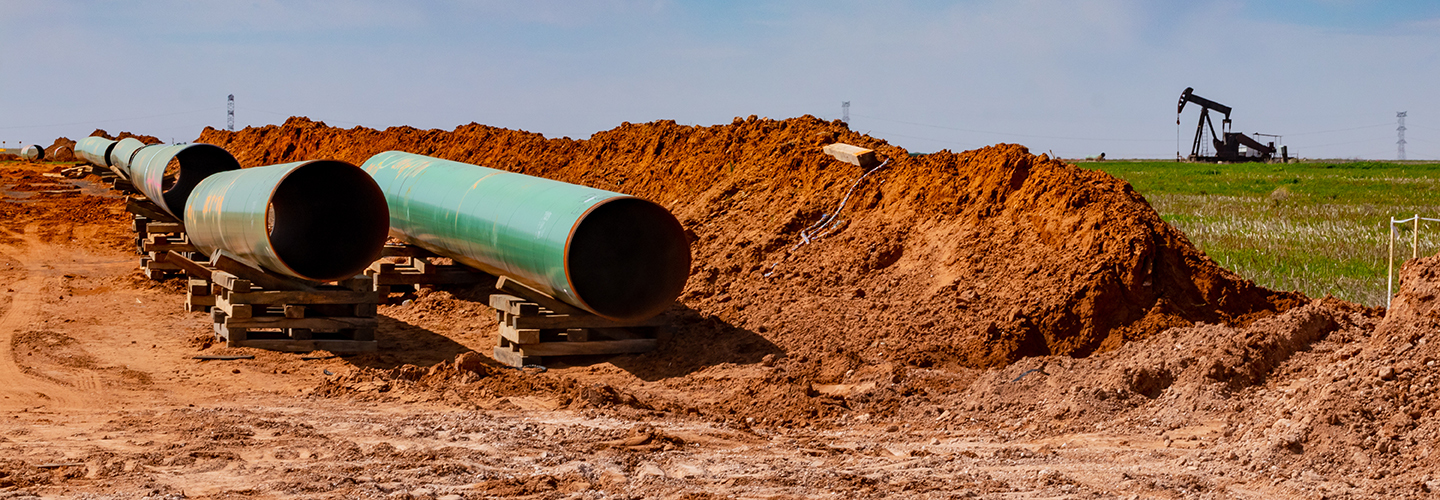
We provide investment banking, research, sales and trading, asset and wealth management, public finance, insurance, private capital, and family office services.
We are a family-owned financial services firm that values client relationships, long-term stability, and supporting the communities where we live and work.
The idea of family defines our culture, because each of us knows that our reputation is on the line as if our own name was on the door.
Our reputation as a leading independent financial services firm is built on the stability of our longstanding and highly experienced senior executives.
We are committed to corporate philanthropy; economic and financial literacy advocacy; and diversity, equity, and inclusion initiatives.
Stephens is proud to sponsor the PGA TOUR, LPGA Tour, and PGA TOUR Champions careers, as well as applaud the philanthropic endeavors, of our Brand Ambassadors.
We host many highly informative meetings each year with clients, industry decision makers, and thought leaders across the U.S. and in Europe.
We provide fiduciary investment strategies to public-and private-sector institutional clients through asset allocation, consulting, and retirement services.
Decades of proven performance and experience in providing tailored fixed income trading and underwriting services to major municipal and corporate issuers.
Proven industry-leading research, global market insights, and client-focused execution.
Customized risk management, property & casualty, executive strategies and employee benefits solutions that protect our clients over the long term.
We assist companies with accessing capital through innovative advisory and execution services that help firms achieve their strategic goals.
We have been a trusted and reliable source of capital for private companies for over 70 years.
Our experienced Private Client Group professionals develop customized investment strategies to help clients achieve their financial goals.
We are a trusted municipal advisor with proven expertise in public financings. We also work with clients in negotiated and competitive municipal underwritings.

Rising inflation rates, an increase in the number of auto accidents, natural disasters, nuclear verdicts, and “social inflation” have contributed to a “hard” (rising insurance premiums and generally lower risk appetite from carriers) insurance market for companies operating in the oil and gas sector. Fluctuating commodity prices, federal regulatory pressure on fracking and offshore drilling, as well as the growing demand to meet ESG criteria and renewable energy alternatives all have presented major hurdles long before COVID-19 emerged.
The pandemic reduced the overall demand for oil and gas while also exacerbating a pre-existing shortage of highly skilled workers in the sector — particularly drivers in the Permian Basin as well as for oil rig workers. Even after governments and businesses relaxed social distancing rules amid mass vaccinations, and energy prices have since soared partially in response to the Russian invasion of Ukraine, the oil and gas sector has struggled to recruit the skilled workers who left the workforce.
Many companies are paying higher compensation — in the form of recruitment bonuses, wages, and retirement packages — to both retain the qualified workers who stayed, and to bring on workers who still need significant training or have suboptimal backgrounds. Losing large numbers of highly experienced workers and hiring smaller numbers of less experienced workers may increase the risk of accidents. An increase in liability claims and a hardening insurance market have created an environment where many oil and gas companies have found it difficult to obtain cost-efficient insurance coverage.
During the past decade, a major rise in automobile accident settlements have occurred across various sectors, including oil and gas, as plaintiff’s attorneys succeed in persuading juries on claims of company negligence. Cases often involve evidence of drivers who became fatigued after long hours on the road, or drivers who became distracted while using mobile phones. So-called “nuclear verdicts” can result in huge payouts.
Whereas a settlement 10 years ago might have been in the range of $2 million to $10 million, a similar case with the same set of facts could settle for up to 10 times that amount today. “Social inflation” refers to the recent growth in liability risk and costs due to several trends and developments, including: litigation funding, proliferation of class action lawsuits, increase in juries’ sympathy toward plaintiffs, and the negative public sentiment toward the oil and gas industry. These verdicts can have an ever more pronounced impact on privately-held, small-to-medium size oil and gas businesses as they face unique insurance challenges.
For example, a service contractor may have more than 300 trucks on the road at any given time. Previously, insurance carriers could turn to loss stratification, peer analysis, and balance sheet protection to determine an appropriate amount of insurance to purchase. However, nuclear verdicts — and the higher rates that insurers charge to protect against them — may drastically alter calculations on the maximum limit of liability that privately held small-to-medium size businesses choose to purchase. In 2019, U.S. jury verdicts of at least $20 million were over 300% more frequent than their average annual occurrence between 2001 and 2010.
Without careful planning, insuring against a potential nine-figure liability claim that never occurs may appear to be an unnecessary expense that hinders an oil and gas company from allocating capital to strategic growth initiatives. Some companies are seeing their insurance rates rise by as much as 50% annually, substantially increasing the cost of maintaining sufficient insurance and tempting some companies to sacrifice coverage. On the other hand, businesses can go bankrupt over accidents that occur after failing to purchase enough insurance.
Natural disasters have become more catastrophic in recent years, partly due to huge increases in property and facilities development in geographies more prone to be in the path of weather events. The oil and gas industry is no exception, given the often-close proximity of oilfields, refineries, and offshore rigs to severe weather (lightning, fire, and hail in West Texas and hurricanes and flooding on the Gulf Coast). As much as $40 million worth of equipment may be at one well site, with dozens of workers in harm’s way. A limited number of carriers are willing to underwrite these hard-to-quantify risks, and those that are participating are doing so at higher cost to the insured.
Many oil and gas companies have Master Service Agreements (MSAs) that require them to possess coverage against environmental risks, including pollution. Such insurance is readily available and relatively easy to obtain at sufficient capacity. However, unproven negative perceptions among some demographics about oil and gas operations – fracking in particular – have stigmatized the industry to a certain degree. This increases the risk that if companies do face environmental litigation, the results may be unfavorable verdicts and costly settlements.
Government policy related to environmental concerns also impacts the oil and gas sector. This can alter the financial prospects of companies serving that space and the ability of those companies to afford expensive insurance. For example, President Joe Biden’s climate action initiative has advocated more stringent federal policies toward the oil and gas sector than his predecessor, including his decision to halt the Keystone XL pipeline. Biden’s administration has also allocated funding in the $1.2 trillion infrastructure package to renewables as a means of reducing fossil fuel usage in the United States.
However, Russia’s war against Ukraine led Biden to release millions of barrels of oil from the U.S. Strategic Petroleum Reserve, in the process somewhat offsetting his earlier policies’ financial pressures on companies in the oil and gas sector. Yet many energy industry experts believe this will only provide near-term relief, not a long-term solution to the growing demand for affordable and reliable energy.
Because of the combination of these factors, oil and gas companies are increasingly relying on more innovative insurance solutions to meet their evolving needs. A full marketing effort may lead to better pricing, structure, and coverage in insurance programs. This begins with reviewing an oil and gas company’s current program and how it ties into the company’s risk appetite in order to determine the best path forward. The company’s executive(s) in overseeing risk (typically the CFO) should evaluate the health of the balance sheet as it pertains to deductibles, retentions, self-insurance, and lender stipulations that may put constraints on insurance programs, among other considerations.
It may be necessary to conduct a competitive process to find a new carrier, negotiate better terms with the current carrier, or to establish a captive program. Multi-year rate commitments allow the company to achieve greater certainty on costs. In loss-sensitive programs, the company may assume liability for the first $300,000 to $1 million of losses before the carrier becomes responsible. Captive programs take the form of an insurance company owned and controlled by its insured, which may be its parent company or a group of related companies.
In addition, it is worth conducting in-depth risk analysis of MSAs to make sure an insured company has the proper insurance and mutual indemnification language in their contracts and to verify that the insurance component matches or complements their MSA language. Stephens Insurance provides an in-depth MSA review taking into account how the insurance requirements and indemnification sections work together to provide coverage.
Finally, oil and gas companies can invest in equipment that may help prevent or mitigate damages. Truck fleets may benefit from installing fleet monitoring systems for vehicles and drivers, giving the company real-time data on actions such as swerving out of lanes or hard-braking incidents so management can respond quickly with better training. Well sites may benefit from lightning protection systems that minimize the exposure of flammable and explosive materials. Although companies may spend hundreds of thousands of dollars to acquire such equipment, the approach could lower both insurance premiums and liabilities in the long-term.
Rather than trying to navigate the insurance landscape alone, oil and gas companies may find it more efficient to seek objective guidance from experienced risk management experts. These professionals should possess a thorough risk analysis-based understanding of both the intricacies of the client’s business and how to effectively communicate the client’s unique story directly to carriers. They also should have a long track record of successfully achieving cost-effective solutions tailored for the needs of each client. For more information, contact Stephens Insurance today.

